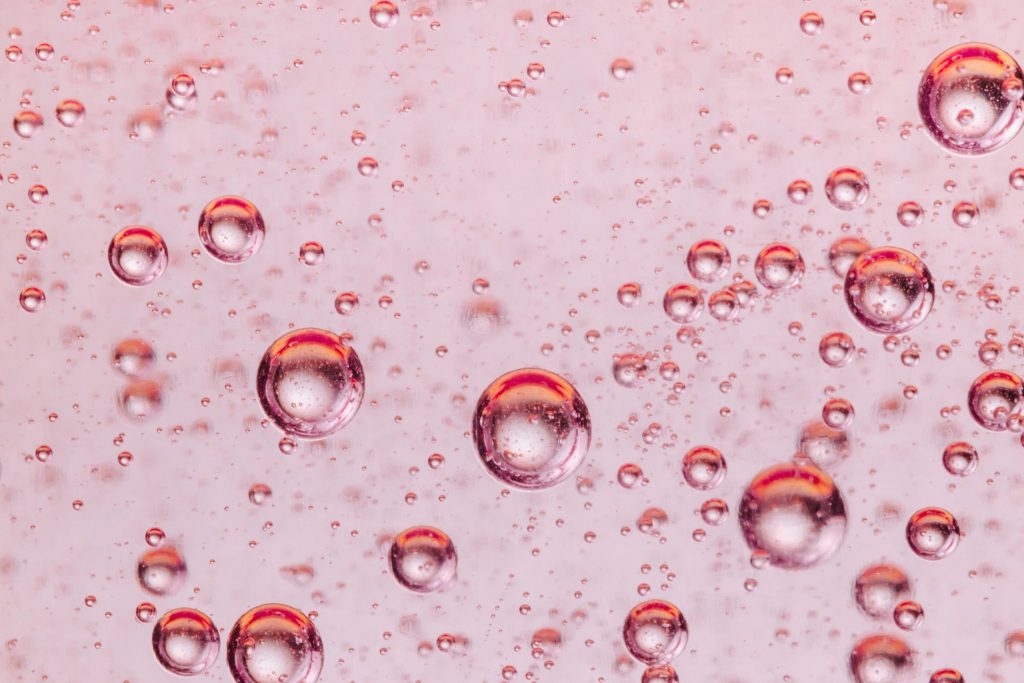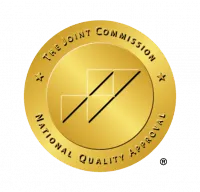Alcohol Intolerance: What It Is, and How To Prevent It
Have you ever turned red after drinking alcohol? Or maybe noticed that you get a stuffy nose every time you have a glass of wine? Does alcohol seem to affect you more quickly than it affects others?
If this happens frequently, you may have alcohol intolerance. Being intolerant to alcohol is different from being allergic to alcohol, and it’s not life-threatening. However, it’s important to know whether you have alcohol intolerance because it can put you at greater risk for alcohol-related health conditions.
What Is Alcohol Intolerance?
Alcohol intolerance means it’s difficult for your body to break down (metabolize) alcohol. This allows toxins to build up, resulting in facial flushing and other alcohol intolerance symptoms.
Specifically, people with alcohol intolerance don’t have enough of the enzyme aldehyde dehydrogenase 2 (ALDH2). This enzyme plays a major role in metabolizing alcohol and eliminating it from the body. Without sufficient ALDH2, a toxic byproduct of alcohol metabolism known as acetaldehyde builds up and causes unpleasant reactions.
Alcohol Intolerance vs. Alcohol Allergy
Alcohol intolerance is not an allergy. An allergy is when your immune system has an unusual reaction to a substance, like dust or nuts. Alcohol intolerance is linked not to your immune system, but to your metabolic system. With alcohol intolerance, your body isn’t reacting to the presence of alcohol; it’s simply taking a long time to break alcohol down and flush it from the body.

However, allergies to certain ingredients in alcohol can sometimes resemble alcohol intolerance. These ingredients may include gluten, grain, chemicals, and preservatives. If you experience symptoms no matter what type of alcohol you drink, it’s more likely that you have alcohol intolerance.
While alcohol-related allergies are less common than alcohol intolerance, the symptoms are typically more severe. Just a few sips of alcohol can trigger an allergic reaction. In the most serious cases, these allergies can be life-threatening. Symptoms may include:
- Hives
- Stomach cramps
- Difficulty breathing
- Anaphylactic shock (severe cases)
True alcohol allergy (versus an allergic reaction to ingredients in alcoholic drinks) is very rare.
What Are the Causes and Risk Factors?
Alcohol intolerance is genetic. The ALDH2 deficiency that causes alcohol intolerance is a genetic mutation. It can be passed down through generations, even if it doesn’t appear to affect your parents or grandparents. This enzyme deficiency is most common in people of East Asian descent.
In addition to a family history, risk factors for alcohol intolerance or other reactions to alcohol are:
- Asthma or hay fever
- Allergy to grains or other ingredients in alcohol
- Taking certain medications
- Having Hodgkin’s lymphoma (increased sensitivity to alcohol is a possible symptom)
Some people may develop alcohol intolerance later in life as their body’s response to alcohol changes.
Alcohol Intolerance Symptoms
It’s normal to get sick or experience unpleasant symptoms after drinking too much alcohol. But if you experience odd reactions to alcohol after just a drink or two, your body may be intolerant. If you and alcohol don’t mix well, consider whether you’ve experienced the following alcohol intolerance symptoms.
Symptoms of alcohol intolerance can include:
- Facial redness (flushing)
- Stuffy nose
- Respiratory issues
- Drop in blood pressure
- Increased heart rate
- Skin rash or hives
- Digestive problems (e.g. nausea, vomiting, and diarrhea)
- Headaches or migraines
- Fatigue
- “Instant hangover”
- Worsening asthma
Alcohol Flush Reaction
The most obvious and well-known symptom of alcohol intolerance is flushing. Your face, neck, and chest may become warm and turn pink or red within 20 to 30 minutes of drinking alcohol. This alcohol flush reaction is sometimes known as “Asian glow.”
The nickname “Asian glow” comes from the prevalence of alcohol intolerance among East Asians. Approximately 30 to 50 percent of people in this region have an ALDH2 deficiency and are more likely to experience symptoms such as flushing.
However, this term is both potentially offensive and not entirely accurate. The alcohol flush reaction is less common in people of other ethnicities, but it still affects up to eight percent of the world population overall, or about 560 million people.
Skin Rash/Itchy Skin
If you experience itchy skin after drinking alcohol, it may be an alcohol intolerance rash.
An alcohol intolerance rash looks like red, itchy bumps or hives on your skin. Hives can also signal an alcohol-related allergy, so be on the lookout for other symptoms that are exclusive to alcohol intolerance. If you’re unsure whether you have an allergy or intolerance, consult with your healthcare provider.
Stuffy Nose
People with alcohol intolerance may also experience nasal congestion after drinking alcohol. Next to flushing, a stuffy nose is the most commonly reported symptom of alcohol intolerance. Your nose may run or feel congested, and some people also sneeze after drinking.
If you have a stuffy nose but don’t experience other common symptoms, alcohol intolerance may not be the culprit. Beer and wine have high levels of histamine, and alcohol dilates the blood vessels in your nose. As a result, people with asthma are also more likely to experience nasal congestion after drinking alcohol. And if you have any sort of allergies, frequent alcohol consumption can worsen your symptoms.
If you’re wondering how to prevent a stuffy nose after drinking, try drinking water before, during, and after consuming alcohol. Hydration may help alleviate this symptom, but it won’t eliminate your stuffiness completely.
How To Prevent and Treat Alcohol Intolerance
In short, there’s no way to prevent or avoid alcohol intolerance. It’s the result of hereditary genes that cause a deficiency in the enzyme ALDH2. Your body needs this enzyme to properly metabolize alcohol and eliminate it from the body, so there’s nothing you can do to prevent or cure alcohol intolerance.
However, you can take steps to limit unpleasant symptoms. The most effective treatment is not drinking alcohol at all, or drinking only occasionally and in small amounts. Avoid smoking and taking medication while drinking, as this can worsen alcohol intolerance symptoms. For anyone who drinks alcohol, staying hydrated can help reduce the negative effects.
In particular, many people with alcohol intolerance wonder how to prevent the alcohol flush reaction, because they consider it embarrassing or unattractive. Some people take Pepcid to reduce their flush reaction and manage other symptoms of alcohol intolerance, but this approach is not recommended.
Does Taking Pepcid Before Drinking Prevent Alcohol Flush Reaction?
Taking Pepcid before drinking is a popular strategy for preventing the alcohol flush reaction. Pepcid is a histamine-2 (H2) blocker that can reduce symptoms of alcohol intolerance like flushing, allowing people to drink more before their reaction forces them to stop. Other H2 blockers include Zantac, Tagamet, and Axid.
However, Pepcid and other H2 blockers only mask the symptoms of alcohol intolerance. Although you may be able to drink more alcohol, your body will still struggle to metabolize it. Large amounts of the toxic byproduct acetaldehyde will continue building up in your body. Ultimately, mixing Pepcid and alcohol so that you can drink more only worsens the problem.
Additionally, taking Pepcid before drinking can pose long-term health risks, like higher rates of esophagus and stomach cancer. So, Pepcid may prevent alcohol flush reaction, but it’s a risky strategy.
Can I Still Drink with Alcohol Intolerance?
If you have alcohol intolerance, it’s wise to cut back on alcohol or quit drinking. Drinking with alcohol intolerance causes uncomfortable symptoms, and it also puts you at greater risk for a range of potentially fatal diseases.
People with the ALDH2 deficiency are at higher risk for certain types of cancer, including liver cancer. Because alcohol is a carcinogen, drinking already increases cancer risk. Studies show that people with the alcohol intolerance gene are up to eight times more likely to develop head and neck cancer than people without it. They are also up to 12 times more likely to develop esophageal cancer than the general population.
Because your body is slow to metabolize alcohol, resulting in the build-up of the toxin acetaldehyde, you are more likely to experience alcohol-related liver disease or pancreatitis if you drink heavily. Studies also suggest that drinking alcohol with the ALDH2 deficiency makes you more susceptible to the onset and progression of Alzheimer’s disease. It’s important for people with alcohol intolerance to be especially mindful of their alcohol consumption.
If you react strongly to alcohol, but have a hard time reducing your drinking, Ria Health can help. We offer online support to help you quit or cut back, including medication, coaching, and app-based tools. Learn more, or get started with us today.
Will insurance cover treatment? Verify Coverage
Have Questions? Call (800) 504-5360



